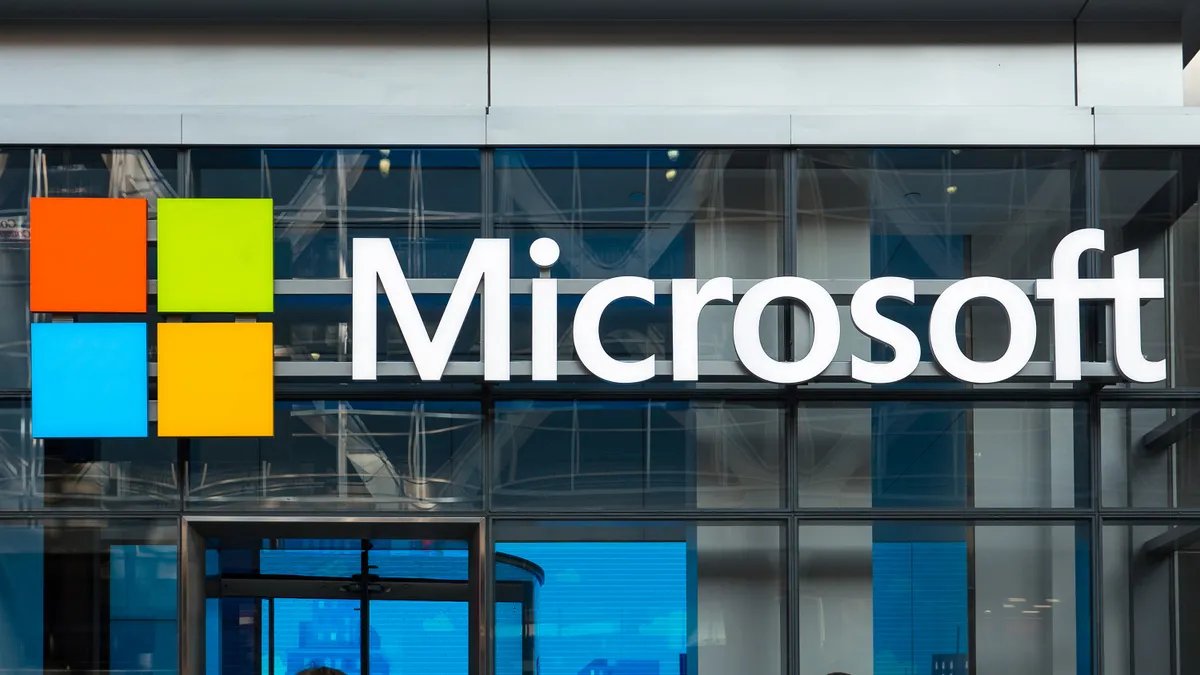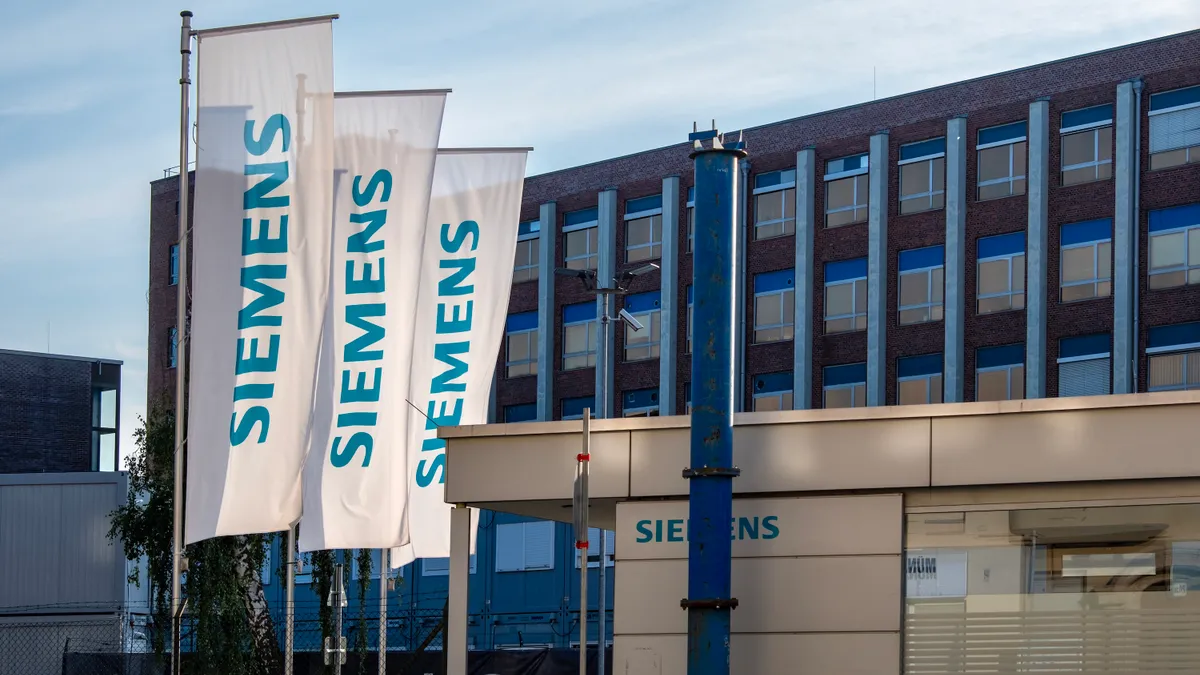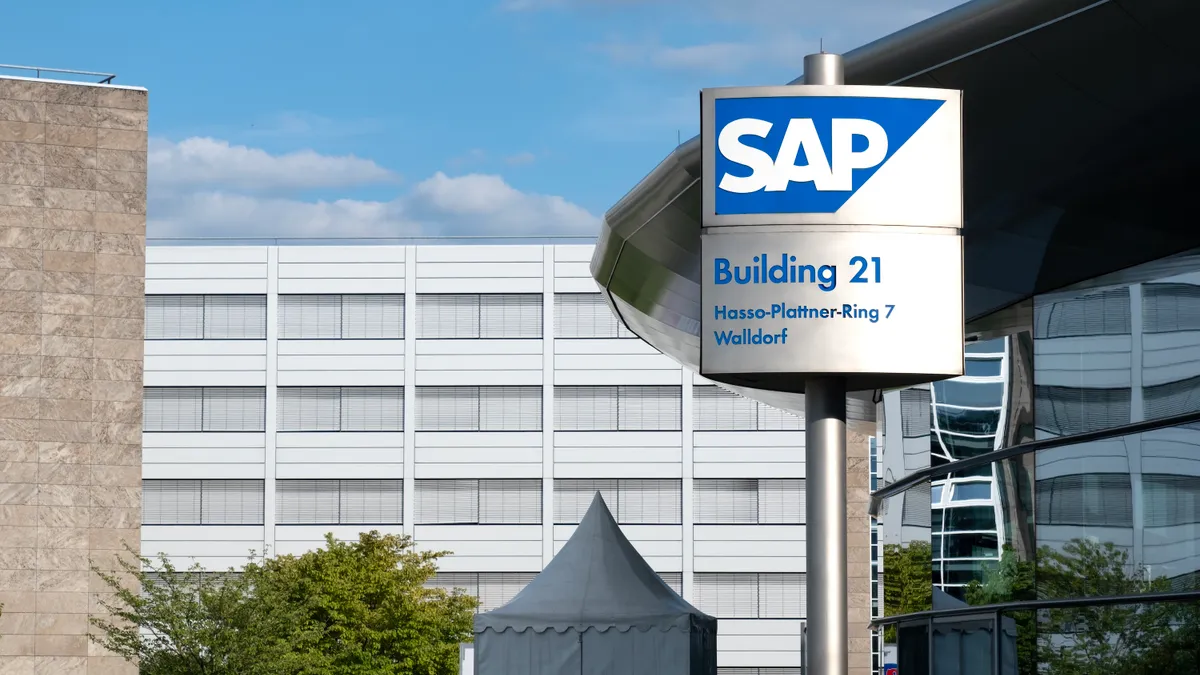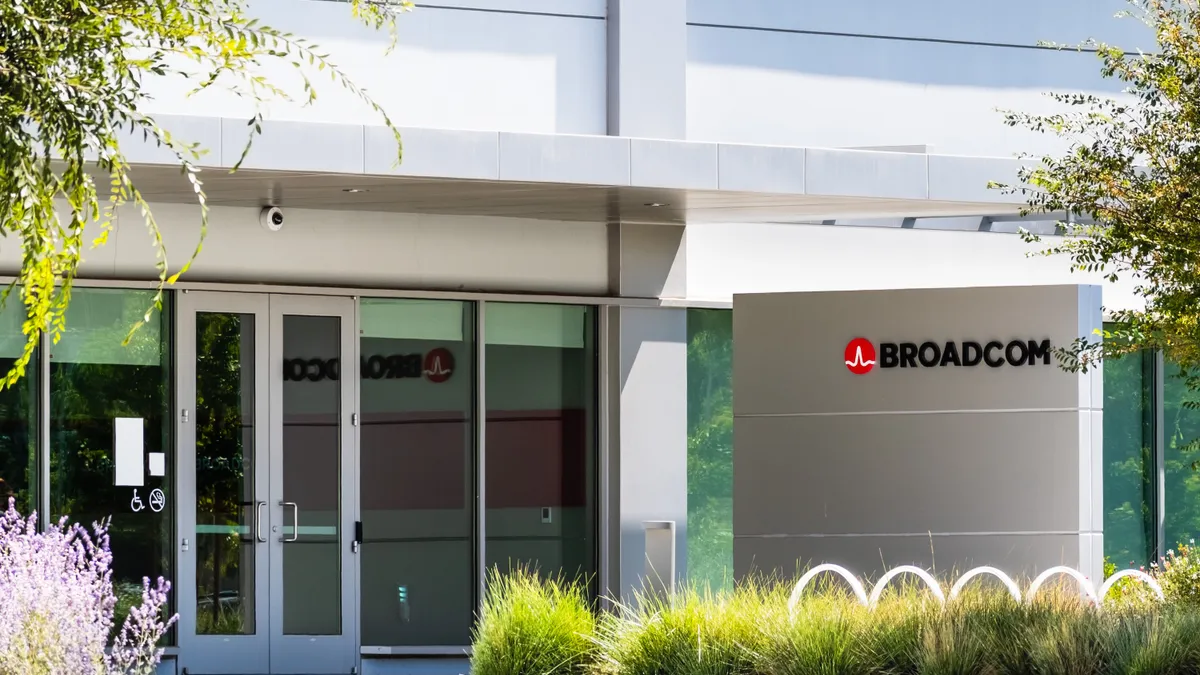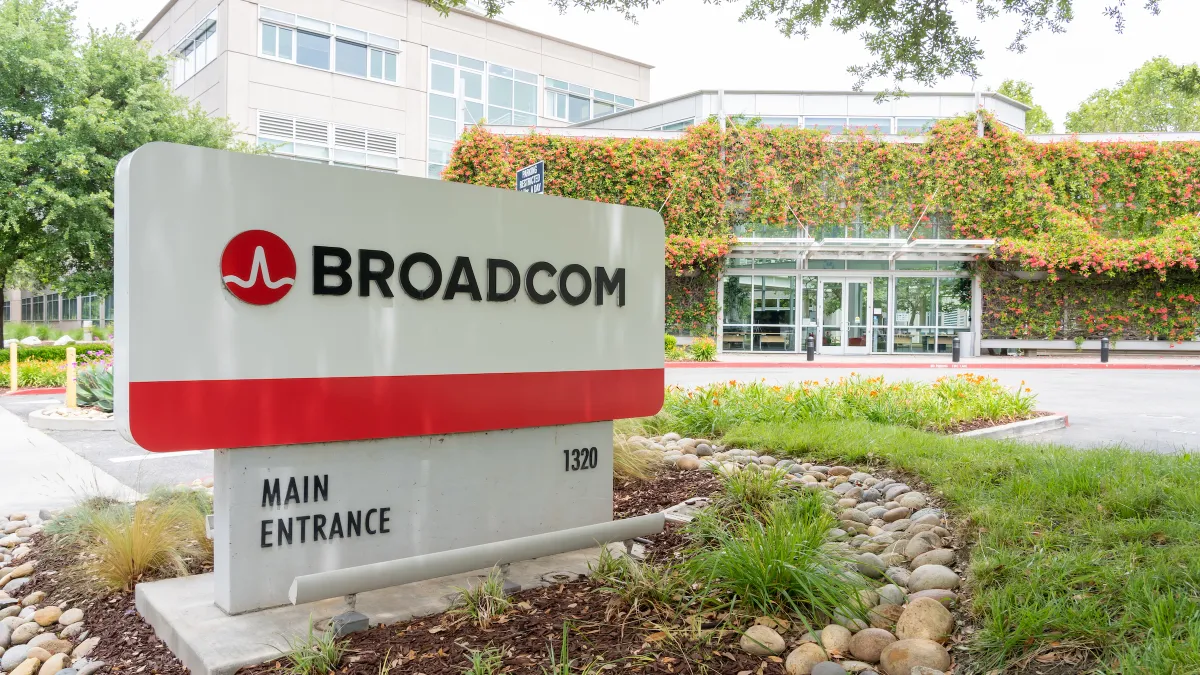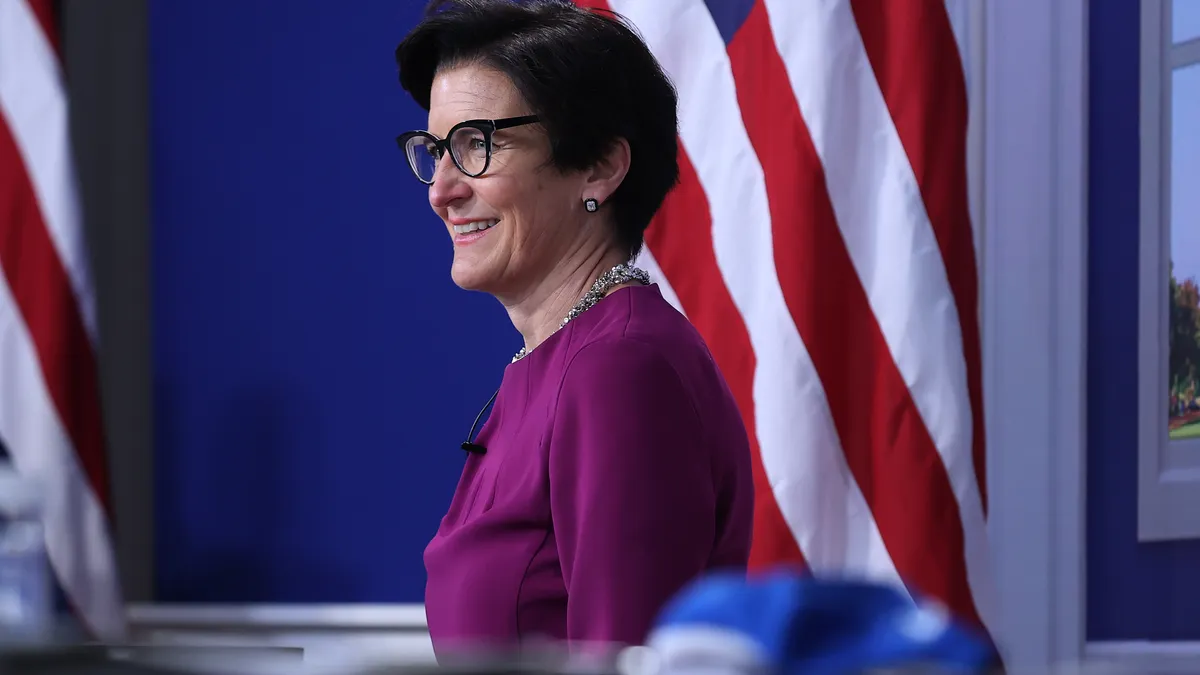Editor's note: The following is a guest article from Nis Frome, co-founder of on-demand insights platform Alpha.
Microsoft's latest earnings report is a stark reminder of how quickly product lines become irrelevant these days.
Sales of its historically lucrative and dominant Windows operating system actually declined by 5% year-over-year. It wasn't long ago that such a trend may have spelled an oncoming disaster for the organization, putting it on a collision course with the likes of Blockbuster and Kodak.
But as anyone in tech knows, Microsoft is doing quite well and has re-emerged as one of the largest companies in the world.
Let's not take their impressive performance for granted — it was only 2013 when the company acquired Nokia with aspirations to conquer the already conquered mobile device industry.
Here are some of the key drivers of Microsoft's transformational success along with lessons other companies can apply to sustain innovation in the future economy.
Don't be a know-it-all
One key barrier to innovation for companies is maintaining a know-it-all mindset.
Just because a business is on top doesn't mean it will be forever; what is successful today may not be tomorrow.
Companies that exclusively focus on optimizing existing successes and regard "the next big thing" as a passing fad often stifle innovation.
In the past, it was Microsoft's primary business objective to put all of its eggs in its most profitable and reliable basket: Windows.
Without question, the operating system single-handedly turned the company into a world power. With this in mind, former CEO Steve Ballmer operated the company under the notion that Microsoft's ideal future was a mirror reflection of the familiar past, but doubling down on Window's success without also innovating toward the future is where the company faltered.
Since taking over as CEO, Satya Nadella has successfully switched Microsoft's mindset from one focused on "knowing" to "learning."
While part of the problem for Microsoft was that it was stuck on Windows, 20+ years of internal politics and leadership battles left it circling the drain of its own 'Microsoftism. Nadella's arrival brought on a swift but necessary reality check.
To bring Microsoft back down to earth, Nadella implemented a learning or "growth mindset," which emphasizes the notion of candidly confronting and then learning from others and from your own mistakes.
One of his first acts after assuming the CEO position in February 2014 was to task the company's top executives to read Marshall Rosenberg's "Nonviolent Communication," discussing the critical importance of empathetic collaboration.
In doing so, Nadella made his first play toward addressing Microsoft's long-standing reputation as a "hive of intense corporate infighting" and indicated he would do so through not only business strategy, but culture as well.
This bold move fostered an environment that values moving quickly and finding the right path forward. The departure from Windows gave the company a fresh slate to innovate and unlock growth opportunities that may have been hiding there all along.
Breaking out of these ineffective norms propelled a major cultural adjustment at Microsoft.
Incentivize alignment
One of Microsoft's biggest competitive advantages is how it's embraced changes to its value chain. Gone are the days where companies pay to keep up to date with the latest version of Microsoft Windows or Office.
In enterprise, companies said they wanted to simplify and Microsoft delivered.
The company's Azure and Microsoft 365 products offer pay-as-you-go usage plans so that businesses don't invest in products or services that go unused. 0\Under this model, Microsoft offers transparency into what customers are spending with them and demonstrates the value of their investment.
If Microsoft's customers know where products are getting the most play, it's easier to convince them to invest more in those products versus buying new ones.
This has created better alignment, with incentives for Microsoft's product teams to focus on updating and improving services rather than deprecating and forcing upgrades to hardware and operating systems — the latter of which can be more costly and time consuming.
Apple learned this lesson the hard way with their latest battery upgrade program. By publicizing and discounting the program, an estimated 10x as many people upgraded their batteries as usual, many presumably doing so in lieu of purchasing an entirely new device. It turns out that some business models aren't so lucrative when the incentive to buy is no longer aligned with consumers' needs (and budgets).
As tech analyst Ben Thompson puts it, "there is a real competitive advantage in building a company around the value chain of the future, not trying to retrofit an old one."
Business leaders that want to be at the forefront of their industries should take a page out of Microsoft's book — adapt early and incentivize mutually beneficial alignment with customer needs.
Be free of conflict
It's no secret that today's tech landscape is riddled with potential for public backlash to the tune of Cambridge Analytica. A reality that many of today's biggest players are faced with is the moral conflict of entering markets that would make them a lot of money but compromise the trust of their customers.
Microsoft knows better than anyone, though, that the success of enterprise products hinges on the level of trust customers have in their vendors.
As an enterprise-focused company, maintaining the trust Microsoft has built with its customers is the most critically important business objective the company has — and it's shown as much through a core suite of products that caters to the needs of its primary audience of enterprise users.
Rather than offer its services for little or no cost and profiting off of data collected, a la Facebook or Google, Microsoft has chosen to deliver incredible value with its core services products — a value worth paying for.
Where other tech giants have hit roadblocks to innovation due to privacy concerns, Microsoft has continued to do well and grow its business.
Companies that want to innovate can follow Microsoft's footsteps by keeping the customer's best interest in mind at every step of the development process, even if it means forgoing some short-term opportunities.
Microsoft isjust beginning this transformation, but its approach to innovation has already sparked disruption in the market. If Microsoft continues on this path, its refocused culture will no doubt lead to more success in the coming years, and Windows will fade into an impressive but distant memory.


